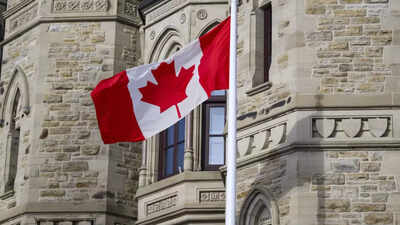Ontario defends controversial residency rules for international medical graduates despite criticism

Ontario is facing growing opposition over a new policy that limits eligibility for international medical graduates applying to first-round residency positions, but the province has made it clear that the rule will remain in place. The policy requires IMGs, doctors who trained outside Canada and hold permanent residency or citizenship, to have completed at least two years at an accredited Ontario high school to qualify for the initial match. Candidates who do not meet this requirement can still apply for unfilled positions in the second round. The decision comes against a backdrop of a long-standing shortage of family doctors in the province and increasing pressure from medical organisations and advocacy groups.
Government rationale
Provincial officials argue that the new requirement supports long-term workforce planning and ensures a stable supply of physicians who are likely to remain in Ontario after completing their residency. The policy is presented as a way to prioritise candidates with strong ties to the province and to strengthen the pipeline of locally trained doctors. Ontario Health has emphasised that residency placement influences where doctors choose to practice, and the government maintains that the change will benefit the province’s health system in the long term.
Strong backlash from medical organisations
The decision has been met with criticism from multiple quarters. Political opposition has described the policy as arbitrary and potentially harmful, while medical associations warn of its impact on patient care and residency programs. The Canadian Medical Association and the College of Family Physicians of Canada have highlighted the timing of the announcement, which came after the application window was already open. IMGs who began preparing for the first-round match had already invested time and significant financial resources in exams and coursework, making the sudden policy change particularly disruptive.Family medicine programs are especially affected because they rely heavily on IMGs. Approximately 60 per cent of Ontario’s family medicine residency positions were filled by international graduates in 2025. Under the new rule, estimates from the Ontario Medical Association suggest that the number of first-round eligible applicants could fall from more than 1,200 to around 170, creating a risk of unfilled positions. The Globe and Mail has reported that Ontario already faces a shortage of primary care, with roughly 2.5 million patients without a family doctor. Fewer residents entering the system could worsen this situation.
Impact on applicants and specialised fields
The rule also affects candidates in specialised programs outside family medicine, including anesthesiology, which employs a significant share of IMGs. Hospitals in smaller communities may struggle to fill positions if the pool of eligible candidates is reduced. Many international doctors who train in Ontario without having attended local high schools remain in the province after completing their residency, suggesting that the requirement may not significantly influence long-term retention but could discourage applicants from even attempting to match in Ontario.
Government stands firm
Despite widespread criticism, the Ontario government has made no moves to reverse the rule, reports the Globe and Mail. Officials continue to argue that the policy ensures a locally connected medical workforce and maintains that second-round applications remain an option for affected candidates. Health leaders have pointed out alternative approaches that could meet the government’s objectives without excluding qualified IMGs from the first-round match, but these options have not been adopted.The controversy highlights a tension between provincial workforce planning and immediate health care needs. With residency positions at risk of going unfilled and a large number of patients without primary care, critics warn that the policy could have lasting consequences for both physicians and communities across Ontario.With inputs from the Globe and Mail.






